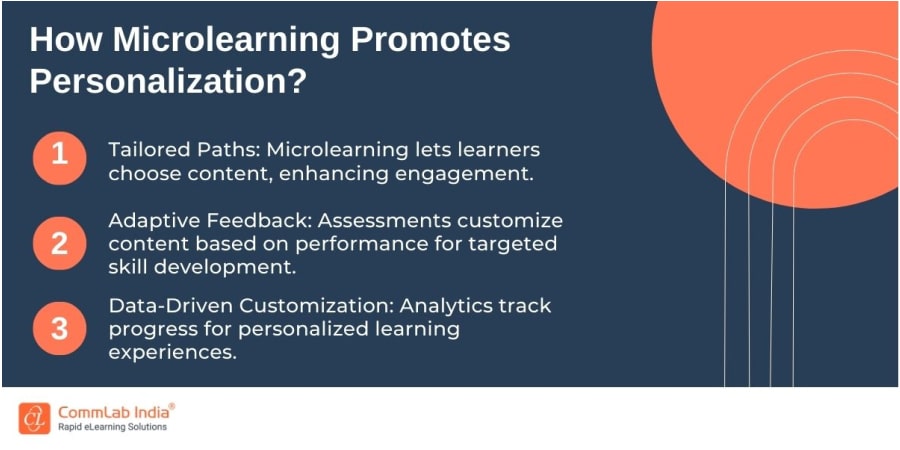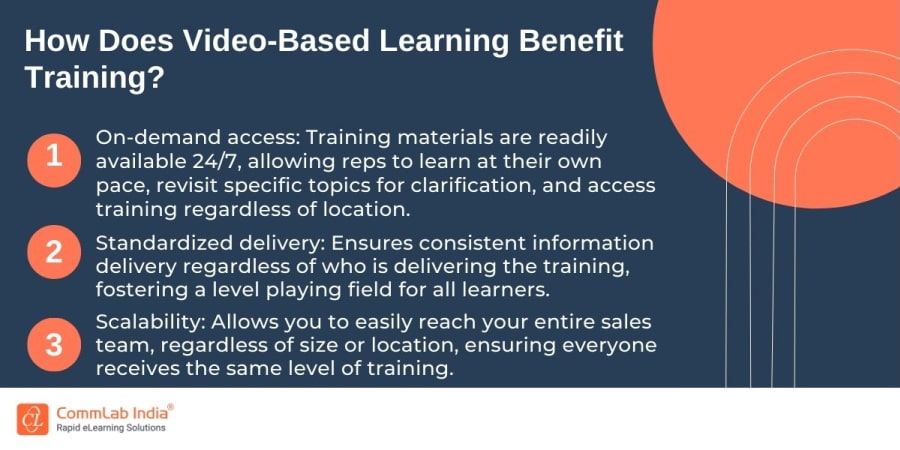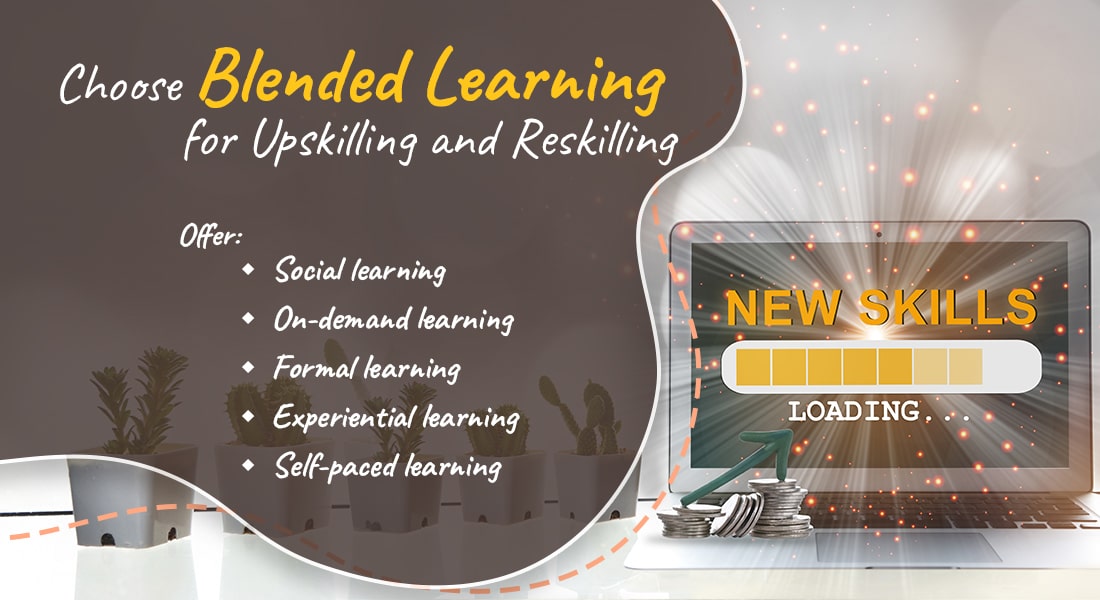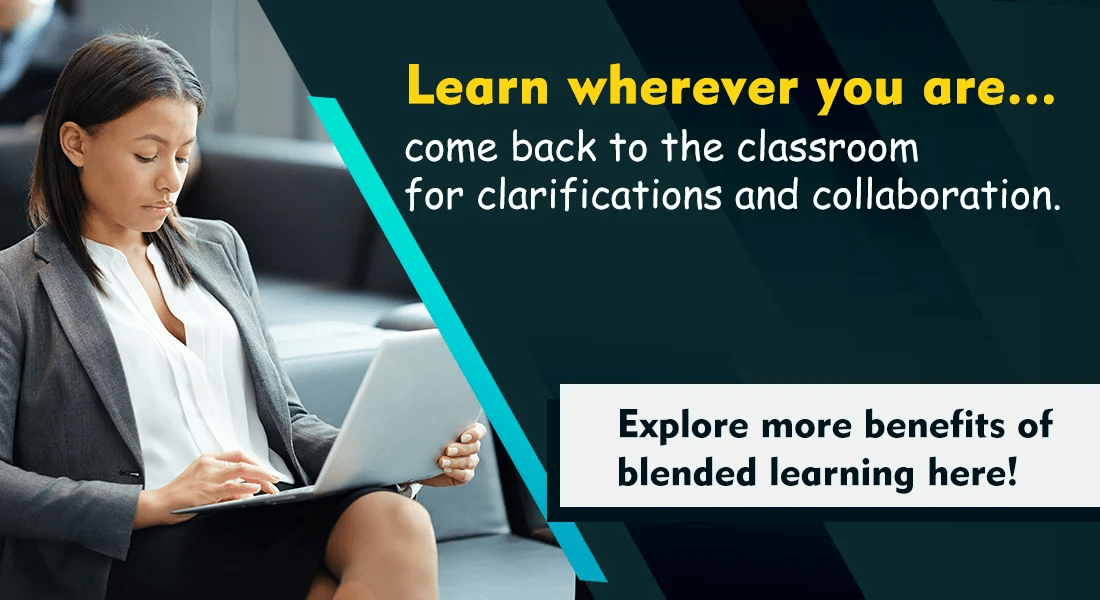Can Blended Learning Fix Your Boring Training Programs? [Answered]
![Can Blended Learning Fix Your Boring Training Programs? [Answered] Can Blended Learning Fix Your Boring Training Programs? [Answered]](https://blog.commlabindia.com/hubfs/blogs/blended-learning-creating-engaging-training-experiences.jpg)
Can a one-size-fits-all approach to training truly be effective for modern employees? Well, not really! Learners have diverse needs and preferences, and traditional training methods often struggle to keep them engaged and retain information effectively. This is where blended learning emerges as a game-changer.
What is Blended Learning?
Blended learning combines the best of both worlds – instructor-led training with online learning activities – to create a dynamic and engaging learning experience. It offers flexibility, caters to diverse learning styles, and ultimately, leads to better knowledge retention and skill development.
The Blended Learning Buffet: A Variety of Formats
Blended learning isn't a rigid framework; it's a flexible approach that allows you to mix and match various training formats to achieve your learning objectives. Here's a look at some popular formats under the blended learning umbrella:
- Instructor-Led Training (ILT): This traditional format involves face-to-face sessions with an instructor who delivers lectures, facilitates discussions, and provides real-time feedback. But is instructor-led training enough on its own in today's learning landscape?
- eLearning Modules: eLearning modules offer self-paced learning experiences with interactive elements like videos, quizzes, and simulations. They are a great way to deliver foundational knowledge or specific skills.
- Microlearning: Bite-sized learning modules, typically lasting 5-15 minutes, focus on a single concept or skill. They are ideal for personalized learning experiences that keep learners engaged and can be easily integrated into the overall blended learning program.

- Case Studies & Scenarios: Real-world examples and simulations allow learners to apply their knowledge to practical situations, helping them develop critical thinking and problem-solving skills. Here’s a case study to help you understand how it works:
→ Download Case Study: Microlearning for Product Sales Training.
- Gamification: Incorporating game mechanics like points, badges, and leaderboards can inject a healthy dose of competition and fun into the learning process, boosting motivation and engagement.
- Social Learning: Facilitating online discussions, forums, and peer-to-peer collaboration allows learners to share experiences, learn from each other, and build connections.
Blended Learning in Action: Tailoring Training Formats to Needs
Now, let's see how blended learning can be used to create engaging and effective training programs for three different scenarios:
1. How can blended learning be used to create an effective sales training program?
- ILT: Kick off the program with an instructor-led session introducing key sales concepts and methodologies.
- eLearning Modules: Supplement the ILT session with interactive eLearning modules covering topics like product knowledge, objection handling, and negotiation techniques.
- Microlearning: Provide short, focused microlearning modules on specific sales skills like questioning techniques and closing deals.
- Role-Playing Simulations: Incorporate role-playing simulations where learners practice their sales pitches and negotiation skills in a safe environment.
- Gamification: Introduce a gamified sales leaderboard to encourage friendly competition and motivate learners to achieve sales goals.
→ Access Now: Blended Learning to Accelerate Time to Proficiency [eBook]
2. How can a blended learning approach be used to streamline the onboarding process for new hires?
- ILT: Welcome new hires with a face-to-face session to introduce them to the company culture, values, and mission.
- eLearning Modules: Deliver onboarding modules covering company policies, benefits, and essential job skills like using company software or internal systems.
- Microlearning: Provide microlearning modules on specific topics relevant to the new hire's role, such as using specific software or completing administrative tasks.
- Social Learning: Set up a dedicated online forum or chat group where new hires can connect with each other, ask questions, and share experiences.
- Video Content: Welcome videos from senior management or team members can create a personal touch and help new hires feel more connected to the company.

3. How can blended learning be leveraged to deliver effective compliance training?
- eLearning Modules: Deliver core compliance information through interactive eLearning modules covering areas like data security, anti-discrimination policies, and workplace safety regulations.
- Videos: Utilize short video clips depicting common compliance training scenarios to illustrate key points and potential consequences of non-compliance.
- Scenario-Based Assessments: Embed scenario-based assessments within eLearning modules to test learners' understanding of compliance policies and how to apply them in real-world situations.
- Quizzes & Knowledge Checks: Integrate quizzes and knowledge checks into eLearning modules to ensure learners retain essential compliance information.
How Does Blended Learning Benefit Training?
By incorporating diverse formats under the blended learning umbrella, you can create training programs that cater to a variety of needs and learning styles. Let's explore some key benefits of adopting blended learning:
- Increased Engagement: How does blended learning keep learners engaged? It offers a dynamic mix of activities and formats, preventing them from getting bored with a single training method.
How to Improve eLearning Engagement with 5 Effective Strategies? [Video] -
- Improved Knowledge Retention: The combination of instructor-led sessions, interactive online modules, and practical application activities leads to a natural question: Why does blended learning lead to better knowledge retention? The answer lies in the multi-faceted approach that reinforces learning through various channels.
- Flexibility: Blended learning allows learners to access online training modules and resources at their own pace. How does this flexibility benefit learners? It caters to busy schedules and allows them to learn at a comfortable pace, maximizing their knowledge absorption.
- Cost-Effectiveness: Can blended learning be more cost-effective than traditional training? Absolutely! While there may be initial costs associated with developing eLearning modules and online resources, these can be reused for multiple cohorts, reducing instructor time and associated costs in the long run.
- Scalability: Blended learning programs can be easily scaled to accommodate a large number of learners. How does this benefit organizations? It allows for efficient training delivery to geographically dispersed teams or ongoing training needs without significant logistical challenges.
- Personalized Learning: Blended learning allows for a degree of personalization by offering learners choices. How can learners personalize their learning experience in a blended program? By choosing how they access and engage with the learning materials, catering to their preferred learning styles.
Embrace the Power of Blended Learning
By adopting a blended learning approach, you can create training programs that are not only informative but also engaging and effective. This translates to a more skilled, knowledgeable, and motivated workforce, ultimately driving better performance and achieving your organizational goals.
Ready to take the plunge into blended learning? Here's a free book to guide you...





